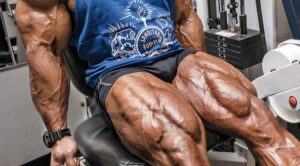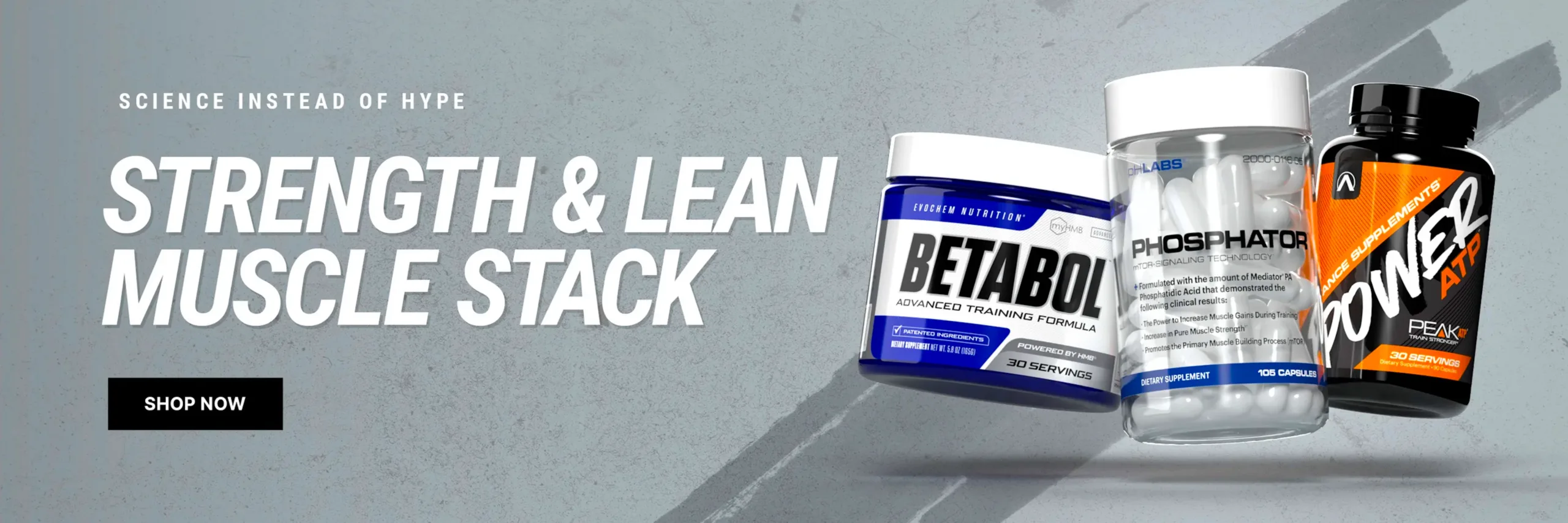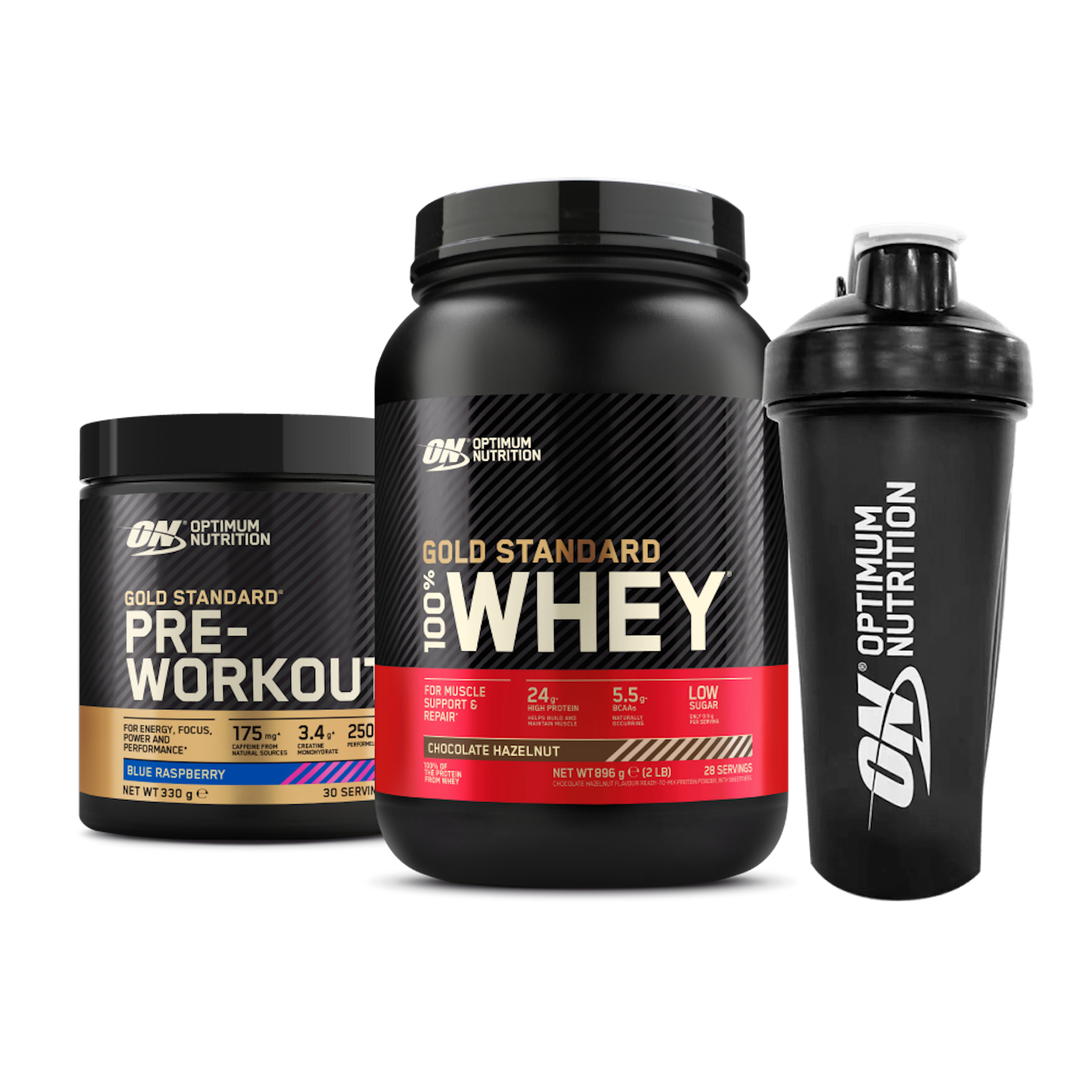Your quad muscles group, or quadriceps femoris, is a group of muscles at the front of your thigh. Together, they contain more mass than any other muscle group in your body. You use your quads to perform a variety of movements, including kicking, running, jumping, and walking.
In the past, experts believed there were four quad muscles. In Latin, the root “quad” means “four or fourth.” But recently, they discovered a fifth muscle in this group.
Your quads are vulnerable to injuries, such as contusions (bruising) from blows to the front of your thigh. These muscles also handle a lot of strain from your hip and knee joints, so quad strains or “pulled quads” can occur.
Your quad muscles are skeletal muscles. They’re voluntary muscles, meaning you control how they move and work. Some other muscles in your body, such as those in your heart, are involuntary. This means they work without you having to think about it.
Related Articles: How “To Do Squats Correctly” And The “Top 10 Benefits” of Incorporating Squats In Your Workout Routine
Here are some of the best quad exercises for improving strength and muscle size. But first, it’s important to understand what the quadriceps are and the benefits of showing up for leg day—even if you’d rather not.
Quad Muscle Anatomy & Function
The quads are located in the lower body, in front of the upper leg. When sitting, if you rest your hands on your lap, you are resting them on your quadriceps.
We often talk about the quadriceps muscle as if it were singular or only one. However, the quads are a muscle group. The five muscles that make up the front of the leg are the:
-
rectus femoris – runs from the hip and pelvis (it has two heads) to the knee
-
vastus intermedius – sits under the rectus femoris
-
vastus lateralis – the outer quad muscle; the biggest and strongest of all the thigh muscles
-
vastus medialis – the inner quad muscle; the smallest of the five muscles
-
tensor of the vastus intermedius – located between the vastus lateralis and medialis
The function of the quadriceps is to aid in leg and knee extension. This makes it possible to perform lower body movements such as walking, climbing stairs, kicking, and jumping.
Related Articles: Build Up Well-Defined And Strong Legs With These “5 Powerful Lower Body Strength” Routines
 Benefits of Building Quad Strength
Benefits of Building Quad Strength
There are several reasons to build strong quads. Some people want to create legs that are more taut and toned. They want to feel more comfortable in their swimsuit, for instance. Or they don’t like it when their thighs jiggle as they walk, so they exercise to firm them up.
Others make leg day a priority because they want to boost their quad size. Bodybuilders benefit from the greater muscle mass in the quadriceps. So do athletes playing certain sports, such as those engaged in football, wrestling, and hockey.
Some research has connected reduced quad strength with a higher risk of knee pain. (1) Building the quads can also be helpful when rehabbing from a knee injury. But there’s an even more powerful reason to boost strength in the quads. And this one could be a matter of life or death.
A study in the American Journal of Medicine found a connection between quadriceps strength and death from coronary artery disease (CAD). Specifically, as quad strength increased, the mortality risk in people with CAD decreased. This was true for death associated with the disease and for other causes of mortality too. (2)
Check Out Our List Of The Best Supplements For Building Muscle, Shredding Muscle, Recovery, And Great Health, and Wellness Products! Purchase IFBNewsfeed.Org‘s Apparels Here: IFBNewsfeed.Org
Signs of Weak Squads
If it’s hard to squat down and stand back up, this is a sign of weak quadriceps muscles. So too is difficulty climbing stairs, bicycling, or walking uphill. You can also check quad strength with one simple exercise: a lying leg raise.
To test your client’s quad strength, have them lie on their back. Next, ask them to bend their right knee while leaving their left leg straight. Tell them to lift their left leg until the knees are about the same height. If they have trouble doing this without knee bending or leg shaking, this suggests that their quads may be weak. Building muscle can help correct quad weakness.
Related Articles: Maximize Your Glute Gains With “The Best Women’s 3-Day Glute Building Workout” Ever Existed
 7 Best Quad Exercises for Increasing Leg Strength & Muscle Mass
7 Best Quad Exercises for Increasing Leg Strength & Muscle Mass
It can be frustrating to do quadriceps exercises and not see the desired results. But some movements are more effective than others. Here are seven of the best quad exercises for building muscle size and strength.
1. Squat
The squat is one of the most effective quad exercises. And this move can be done anywhere, both with and without equipment. That makes it an option for both gym and home exercisers.
The main thing to remember when doing a squat is to use proper form. This involves keeping the back straight and driving the hips back when lowering down. The feet are shoulder-width apart. Good form also requires not allowing the knees to extend past the toes. This helps protect the knee joint.
The squat can also be modified. This enables the exerciser to work the quads in different ways. It also adds variety to the workout, keeping it from getting stale.
Squat variations to consider include:
-
Split squat. A split squat is a squat performed while staggering the feet so one is in front of the other versus being side-by-side.
-
Sumo squat. To do this squat, the feet are slightly wider than the shoulders. This is different than the starting position for a traditional squat, which requires keeping the feet about hip-width apart.
-
Back squat. During a back squat, a barbell is placed behind the shoulders, of the traps. The squat is performed with the bar in this position.
-
Front squat. In a front squat, the barbell rests in front of the shoulders, on the top of the chest.
-
Hack squat. If working out at a gym, a hack squat can be performed by using a machine that places the body on an angle. Pads rest on the shoulders, doing a squat to push the weight up and down.
-
Sissy squat. When doing a sissy squat, you lean backward instead of hinging forward. This move is difficult, making it better for advanced exercisers.
-
Goblet squat. To do a goblet squat, you hold a barbell in front of the chest while squatting down.
-
Single leg squat. This exercise involves doing a squat on one leg at a time. A decent amount of balance and strength are required for this exercise. If either is lacking, avoiding this squat may be desired to keep the client from tipping to the side.
-
Pistol squat. A pistol squat is like a single-leg squat. The main difference is, when squatting down, the goal is to get the lifted leg parallel to the floor.
-
Jump squat. As its name suggests, a jump squat involves doing a jump when rising from the squat position. That turns this squat into a powerful, explosive exercise.
The squat can also be modified to increase intensity as the client’s strength progresses. One way to do this is by adding weights. Barbell and dumbbell quad exercises add more resistance. This forces the muscles to work harder during the movement.
2. Lunge
The lunge is another good exercise for working the quads. It also helps build strength in the hamstrings, glutes, and calves.
Like with the squat, several lunge variations can be used for a variety or to work the upper legs differently. They include:
-
Forward lunge. This lunge involves taking a step forward, dropping into a lunge, then pushing up, and stepping back to return to the starting position.
-
Reverse lunge. In a reverse lunge, you step back versus stepping forward.
-
Lateral lunge. To do a lateral lunge, you step to the side.
-
Walking lunge. A walking lunge is similar to a forward lunge. However, instead of returning to the starting position, you step forward with the other leg, continuing to alternate legs until you’ve achieved the desired number of steps or distance.
3. Leg Press
If training clients in the gym, you likely have access to a leg press machine. This exercise is great for building strong quads. It also develops strength in other lower body muscles, namely the hamstrings and glutes.
When doing a leg press, it’s important for the client to not raise their butt off the seat or put their hands on the knees. Also, make sure they are going through the full range of motion during this exercise.
4. Leg Extension
Another quad exercise that can be performed at the gym is a leg extension. This is an isolation exercise since it involves keeping the quads stationary during the movement. This forces the muscles to work harder when lifting the lower legs.
If the client wants to do leg extension exercises at home, they can with the help of a resistance band. Have them sit in a chair with the band around their ankles. Put a rolled towel or foam roller under their knees to lift them. Have them raise their right foot, then lower it. Once they’ve completed their desired reps and sets, they perform the exercise by raising their left foot.
5. Wall Sit
The wall sit is an effective bodyweight quad exercise. To do it, you get into a sitting position with your back against the wall, as if sitting in an imaginary chair. You remain in this position for as long as you can. But it generally doesn’t take long to start to feel a burning in the thighs.
6. Step Up
You can also get a good quad workout with step-ups. This exercise involves stepping up onto a stair or box, then stepping back down. In addition to working the quads, this one will get the heart rate up a bit too.
7. Box Jump
The box jump is another quad exercise that increases heart rate while building the thigh muscles. To do it, you stand in front of a box, then jump up onto it. The higher the box, the more intense this exercise becomes. Although, starting with a short box is important to both master form and avoid injury.
Related Articles: Squat Depth: Learn “The 4 Reasons” Why You Can’t Squat To The Appropriate Depth
 Quad Workout Tips
Quad Workout Tips
There is no one best exercise for boosting quadriceps strength. “The most effective approach is to develop a comprehensive quad workout that encompasses a variety of movements. Also, change up the leg workout every couple of weeks”. Swap out different exercises to keep from getting bored and to continue progressing.
In single-leg exercises, it’s important to do the movement on each side. This helps prevent muscle imbalance. Once you do the left leg, do the same exercise on the right leg. This helps create more symmetrical muscle growth.
Should Someone with a Bad Knee Do Quad Exercises?
Many quad exercises place stress on the knee joint. So, are these moves safe for someone with knee pain or issues? Maybe yes. Maybe no.
To ensure that the leg exercise is safe for the client’s physical condition or injury, have them speak with their healthcare provider. “It may be recommended that they engage in physical therapy before diving too deeply into quad exercises“. Alternatively, the provider may suggest which moves to add or avoid, also advising as to how to progress to avoid aggravating the damaged area.
 Related Articles:
Related Articles:
- Quads Development: “Science Reveals Different Muscle Growth From Different Squat Depths”
- The “5 Best Glutes Exercises And Strategies” To Turn A Flat Butt Into A Rounded And Muscular Butt Forever
- The Best “3 Hamstrings Training Tips” To Make Your Stubborn Biceps Femoris Grow Like Never Before
- The Best “10 Must-Do Leg Workouts And Exercises” You Shoulder Consider To Apply Them In Your Legs Day

- Get a refreshing blend of vitamins, amino acids, and natural caffeine for a calm stimulation with LivPur ENERGY!
- Free Shipping on US orders over $49 USD and 5 lbs or less at eVitamins.com!
- $5.95 Ground Shipping On Any Purchase In The US! – Shop Now!
- A1Supplements.com – Lose Fat, Gain Muscle!
References
-
Liu, Q., Li, Z., Ferreira, M., Wise, B., Hunter, D. J., Tao, K., Lin, J., & Zhang, Y. (2021). Recent injury, severe radiographic change, and lower quadriceps strength increase risk of knee pain exacerbation during walking: A within-person knee-matched study. Journal of Orthopaedic & Sports Physical Therapy, 51(6), 298–304. https://doi.org/10.2519/jospt.2021.9735
-
Kamiya, K., Masuda, T., Tanaka, S., Hamazaki, N., Matsue, Y., Mezzani, A., Matsuzawa, R., Nozaki, K., Maekawa, E., Noda, C., Yamaoka-Tojo, M., Arai, Y., Matsunaga, A., Izumi, T., & Ako, J. (2015). Quadriceps strength as a predictor of mortality in coronary artery disease. The American Journal of Medicine, 128(11), 1212–1219. https://doi.org/10.1016/j.amjmed.2015.06.035
For More News And Daily Updates, Follow IFBNewsfeed.Org on Facebook, Twitter, and Instagram. Comment, Like, And Share With Everyone Who May Need To Be Updated With The Most Recent Fitness/Bodybuilding/Powerlifting And CrossFit News.






